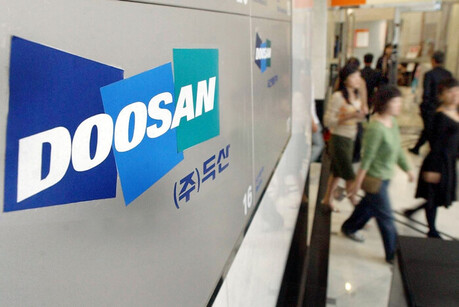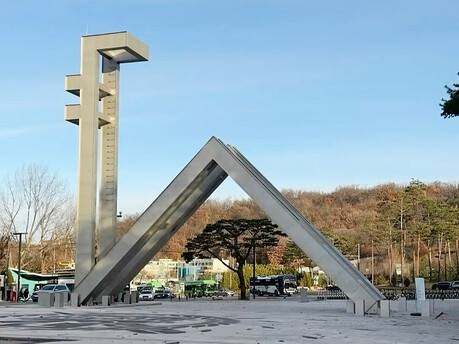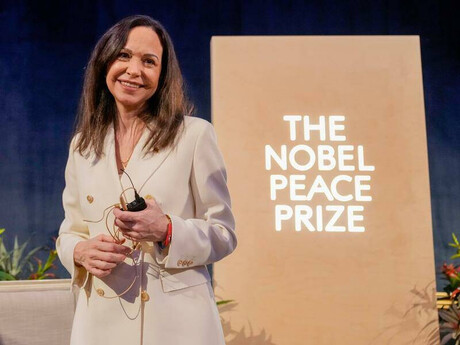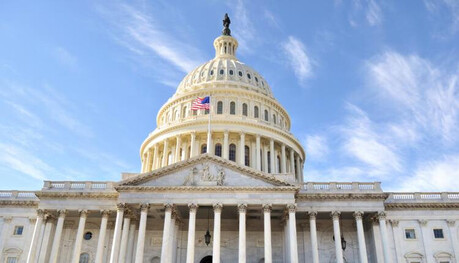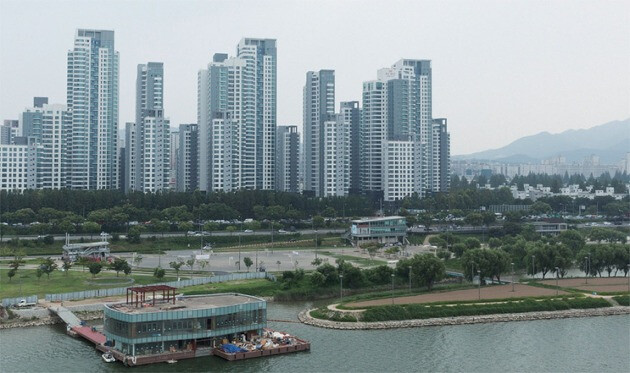
Seoul, South Korea – The gap between the prices of the top 20% and the bottom 20% of Seoul apartments has reached an all-time high, according to the latest data from KB Kookmin Bank. The widening disparity highlights the growing housing polarization within the city.
The 5th percentile ratio, which measures the gap between the average price of the top 20% and the bottom 20% of homes, hit a record 5.5 in September, marking the largest gap since the index was first compiled in December 2008. This means that with the price of one apartment in the top 20%, one could purchase nearly 5.5 apartments in the bottom 20%.
The ratio has been steadily climbing since May 2022, when it first exceeded 4.2. It reached 5.4 in both August and September before hitting the latest record in October.
Experts attribute the widening gap to several factors, including anticipated housing supply shortages, interest rate cuts, and a surge in demand for "one prime property" in popular districts like Gangnam. This has led to significant price increases for high-end apartments, exacerbating the polarization.
In September, the average price of an apartment in the bottom 20% of Seoul was 490.61 million won, while the top 20% averaged 2.68 billion won. While the bottom 20% saw a slight 0.11% increase from the previous month, the top 20% experienced a more substantial 1.38% rise.
The situation is not unique to Seoul. The nationwide 5th percentile ratio also reached a record high of 10.93, meaning one could purchase nearly 11 apartments in the bottom 20% with the price of one in the top 20%. This is due in part to the continued upward trend in housing prices in Seoul and the metropolitan area, while prices in provincial areas have been declining.
Nationwide, the average price for the bottom 20% decreased by 0.1% to 116.72 million won, while the top 20% increased by 0.6% to 1.27 billion won.
The widening housing gap in Seoul and across the country is raising concerns about social inequality and affordability. As the gap continues to grow, policymakers are facing increasing pressure to find solutions to address the issue.
[Copyright (c) Global Economic Times. All Rights Reserved.]
















